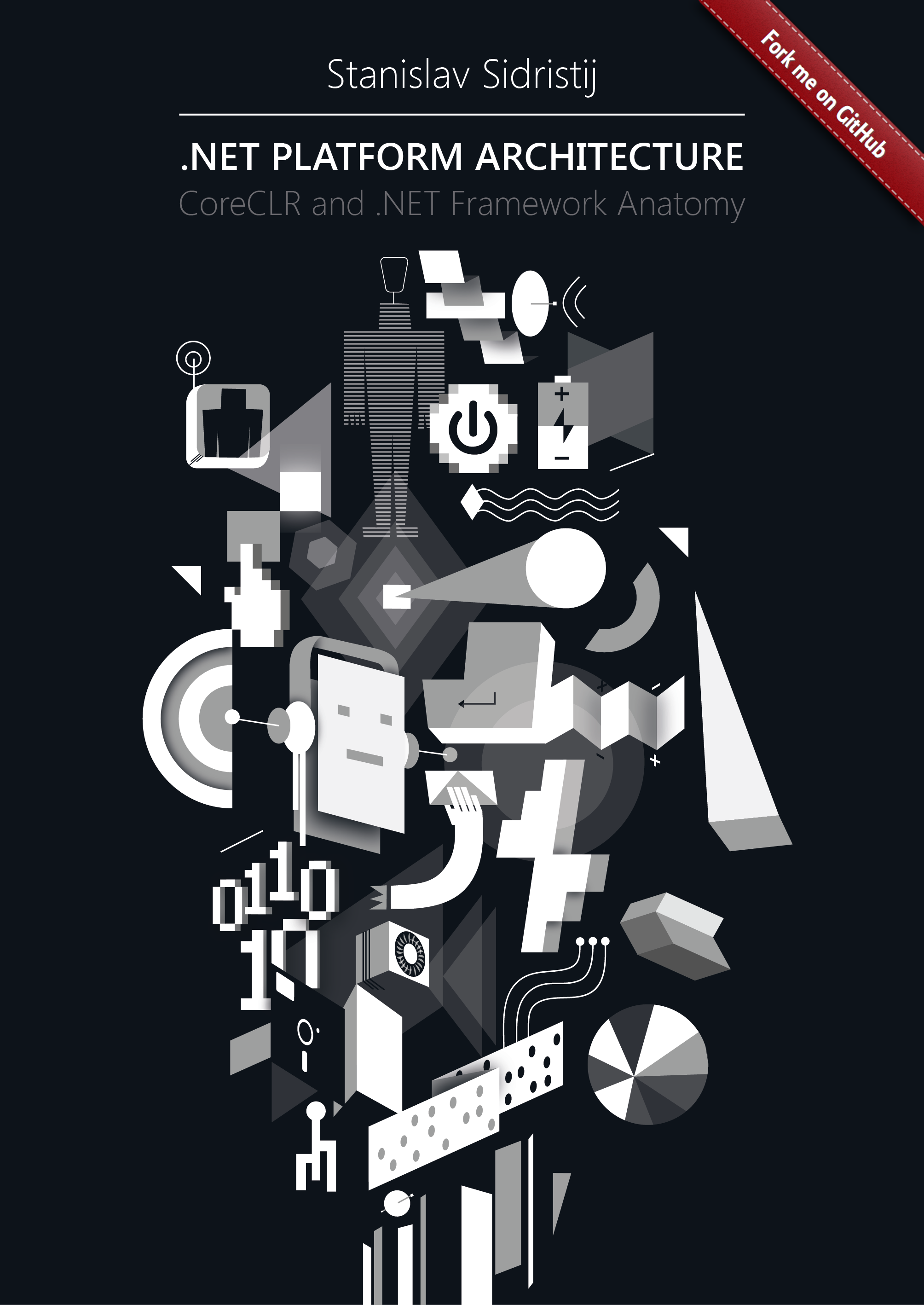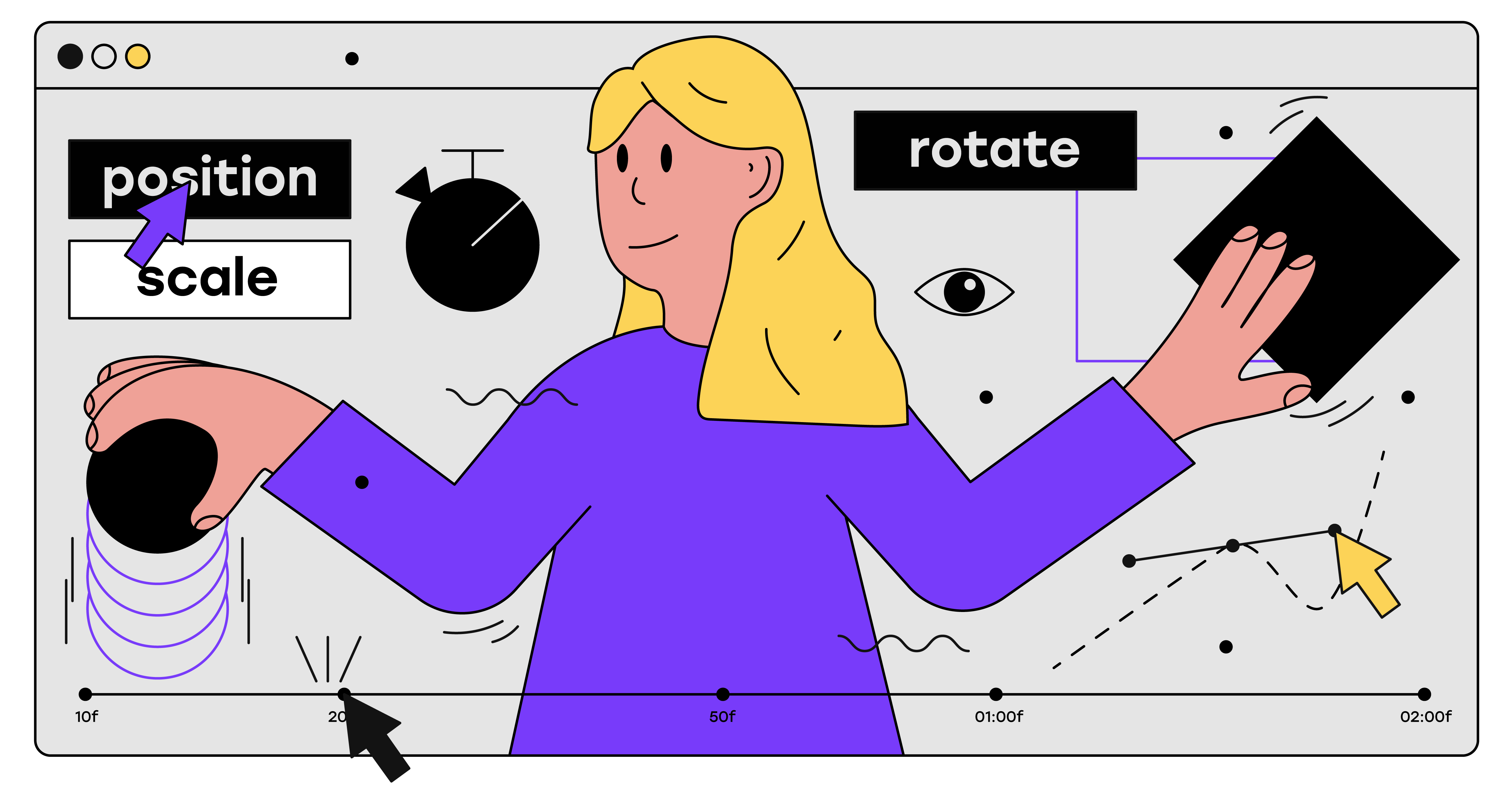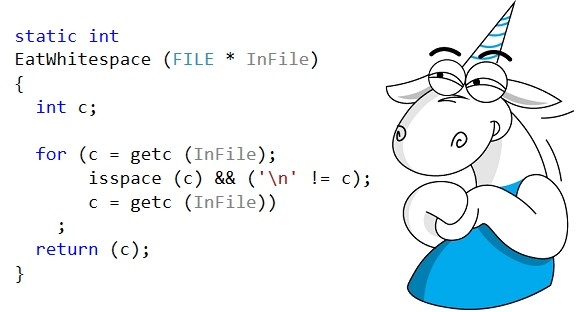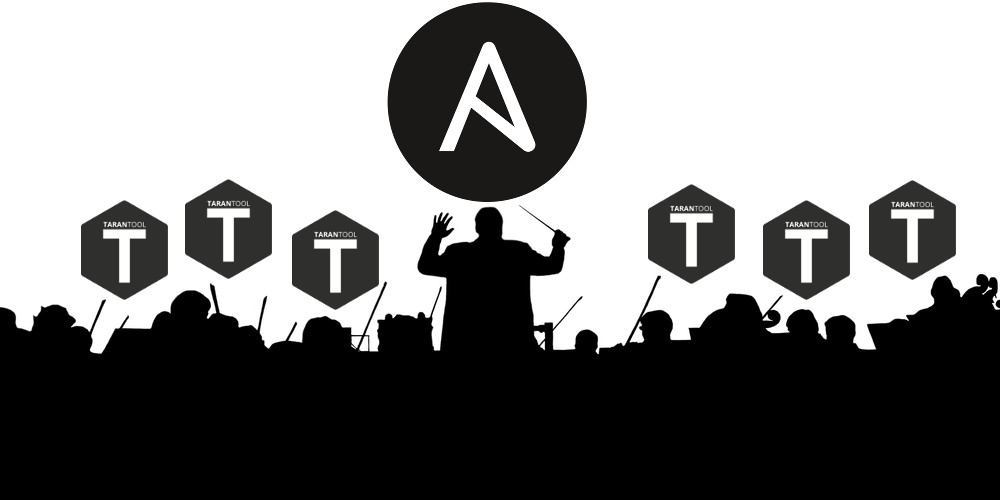The one who resurrected Duke Nukem: interview with Randy Pitchford, magician from Gearbox
Today we welcome Randall Steward «Randy» Pitchford II, president, CEO and co-founder of Gearbox Software video game development company.
Randy started in 3D Realms where contributed to Duke Nukem 3D Atomic Edition and Shadow Warrior. Then he founded Gearbox Software and made Half-Life: Opposing Force, which won D.I.C.E in 2000. Other Gearbox titles include Half-Life: Blue Shift, Half-Life: Decay, Counter-Strike: Condition Zero, James Bond 007: Nightfire, Tony Hawk's Pro Skater 3, Halo: Combat Evolved and of course Borderlands.
The interview team also includes editor of Habr Nikolay Zemlyanskiy, Richard «Levelord» Gray, Randy’s wife Kristy Pitchford and Randy’s son Randy Jr.


 This chapter was translated from Russian jointly by author and by
This chapter was translated from Russian jointly by author and by 















